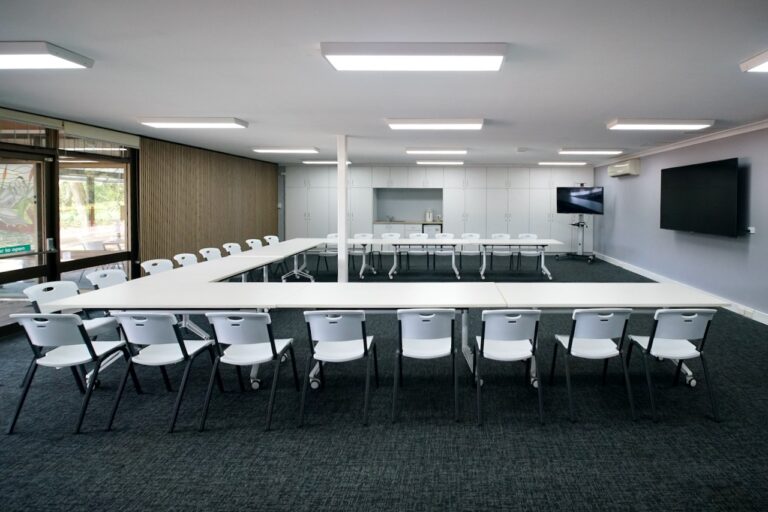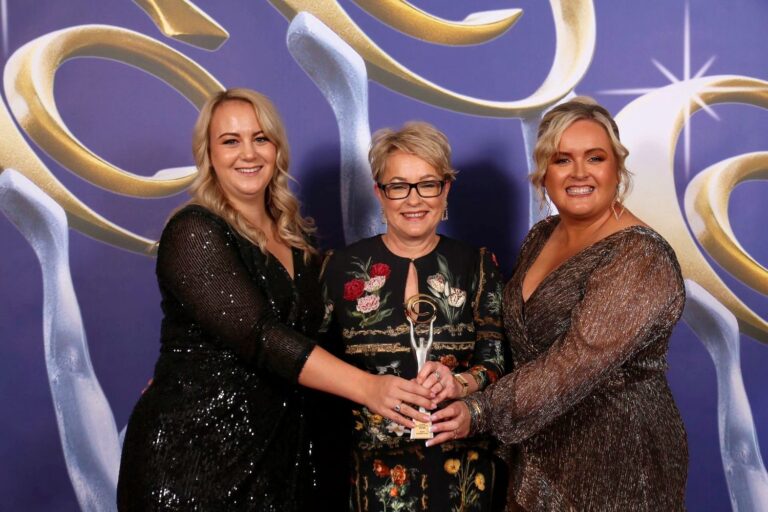Understanding redundancy and its financial implications has become more relevant than ever in the prevailing local environment.
Recent and pending job losses will make redundancy a more common issue in many Newcastle, Lake Macquarie and Hunter residents lives. Whether your situation is involuntary or of your own choice, redundancy generally makes for a stressful time where significant lifestyle and financial decisions need to be made.
If you don’t know how to negotiate the taxation and Centrelink minefields, it can be a daunting prospect to accept a redundancy offer. But help is at hand and with professional advice you don’t have to go through it alone. To help get you started, here are six key strategies to consider:
1. If you will be unemployed, use your existing savings, holiday pay, long service leave and tax-free redundancy payment to meet your living expenses.
2. Any taxable portion of your redundancy payment (employment termination payment) must be taken as cash. After allowing for the tax payable, you may be able to use this to pay off some of your mortgage or other debts to reduce your living expenses.
3. Centrelink allowances generally have a one week waiting period before benefits may be paid. There is also a liquid assets waiting period of up to 13 weeks, and an income maintenance period if you have received leave or redundancy payments from an employer. These can apply concurrently and extend the period before you are able to receive Centrelink allowances. So, you need to make sure you have arranged your redundancy lump sum payments to provide for your general living expenses.
4. Your superannuation generally can’t be withdrawn until you reach your preservation age (55 to 65 depending on the year you were born), and have met a condition of release such as retirement. You may be able to retain your super in your current fund or roll it over to another fund. Take care that you do not lose valuable cost effective insurance through your super, by not fully understanding your investment options. Investment choices appropriate to your needs are also important to grow your wealth in super. Money held in super (accumulation phase) is not generally assessed for Centrelink allowances until you reach age pension age.
5. If you’re eligible for retirement you may be able to use your super to commence a retirement pension. This may impact your Centrelink payments.
6. Once you’re back in the workforce you might consider using any excess redundancy payments (after allowing for tax) to pay off debt, or to contribute to super as a non-concessional contribution – you may even be eligible for the government co-contribution scheme.
Making the right decisions when faced with redundancy can make a difference to your financial future, so speak to a financial planner about your options today.
Disclaimer: This editorial provides general information only. Before making any financial decisions, consult a financial planner to take into account your individual needs.





